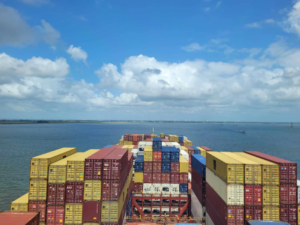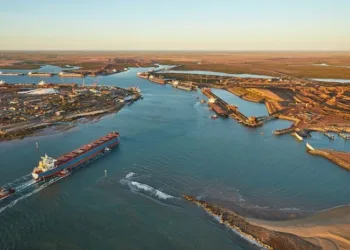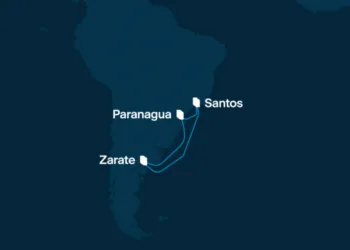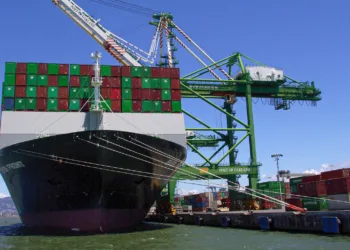
Port of Antwerp-Bruges handled 202.6 million tonnes of cargo in the first nine months of 2025, down 3.8% year-on-year. While general cargo, including containers, conventional cargo, and RoRo, grew 1.3%, bulk volumes declined 12.8% due to global uncertainty.
Container Traffic Stabilises
After a strong first half, container throughput dropped 2.4% in Q3. For the full nine months, container tonnage rose 1.1%, and TEU volume increased 1.6%. The slowdown followed the realignment of global shipping alliances, which reduced congestion and improved turnaround times.
The port’s market share in the Hamburg–Le Havre range slipped 0.7 points to 29.8%, mainly due to limited terminal capacity. The ECA project (Extra Container Capacity Antwerp) aims to address this bottleneck.
Mixed Trends in Cargo Segments
-
Conventional cargo remained steady, supported by steel import recovery.
-
Liquid bulk fell 13.5%, hit by weaker petroleum exports and a sluggish chemical sector. Growth in biofuels and energy gases partly offset this decline.
-
Dry bulk dropped 8.9%, mainly due to lower fertiliser volumes.
-
RoRo traffic increased 3.3%, driven by strong Chinese car imports and higher truck and used-vehicle volumes.
US Trade Impact
Trade with the United States, the port’s second-largest partner, rose 15% in the first nine months. Container and liquid bulk volumes drove this growth. However, US import tariffs led to a sharp drop in steel exports in Q3. Imports of LNG and liquid bulk remained strong, reinforcing the port’s role as a hub for alternative energy flows.
Outlook
Port CEO Jacques Vandermeiren said the port remains resilient despite global uncertainty. “Our market share decline was mainly due to congestion earlier this year. With new capacity on the way, we expect recovery. These figures underline both the resilience of Port of Antwerp-Bruges and the ongoing impact of geopolitical and economic shifts,” he noted.
The post Port of Antwerp-Bruges sees mixed results amid global trade volatility appeared first on Container News.



















